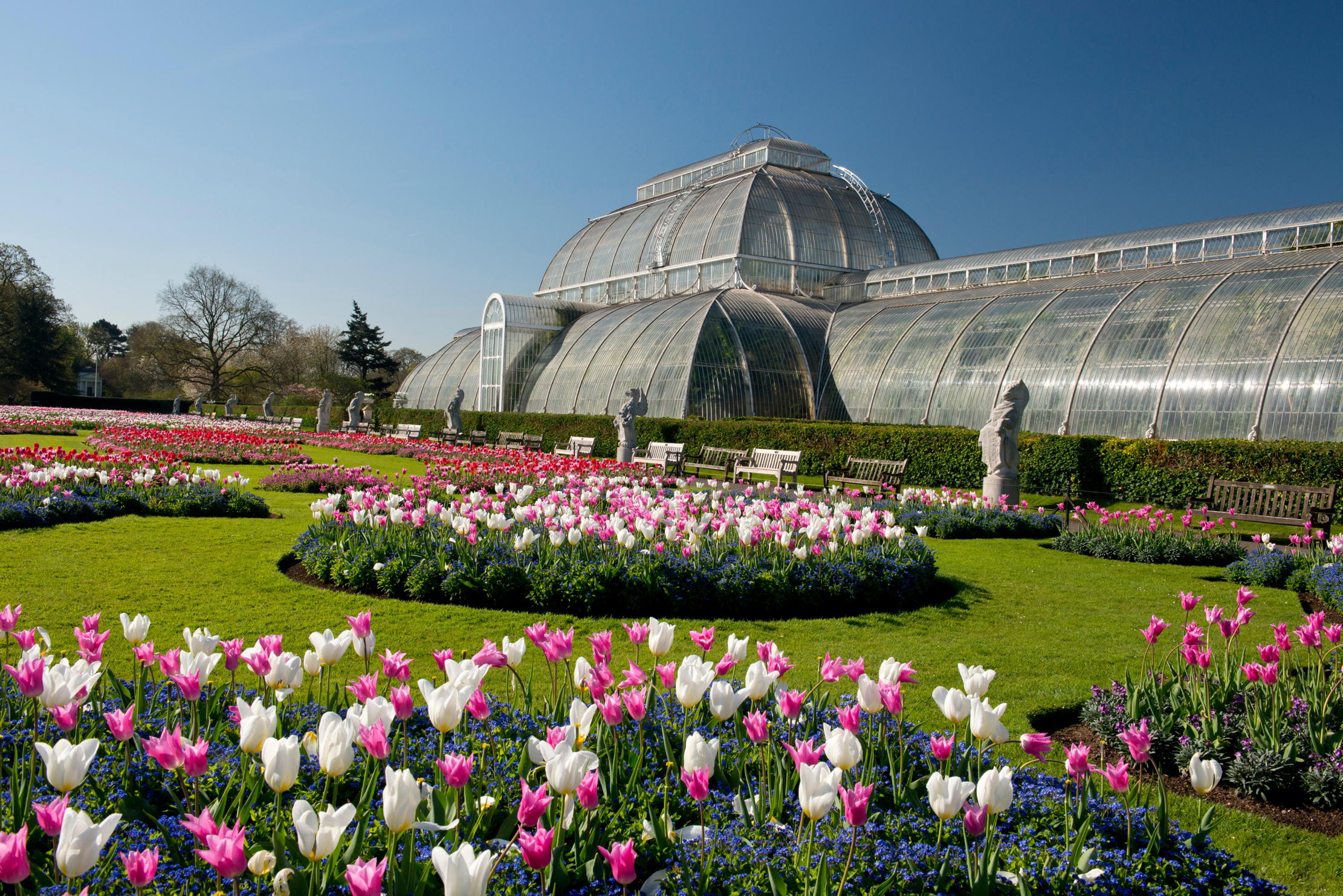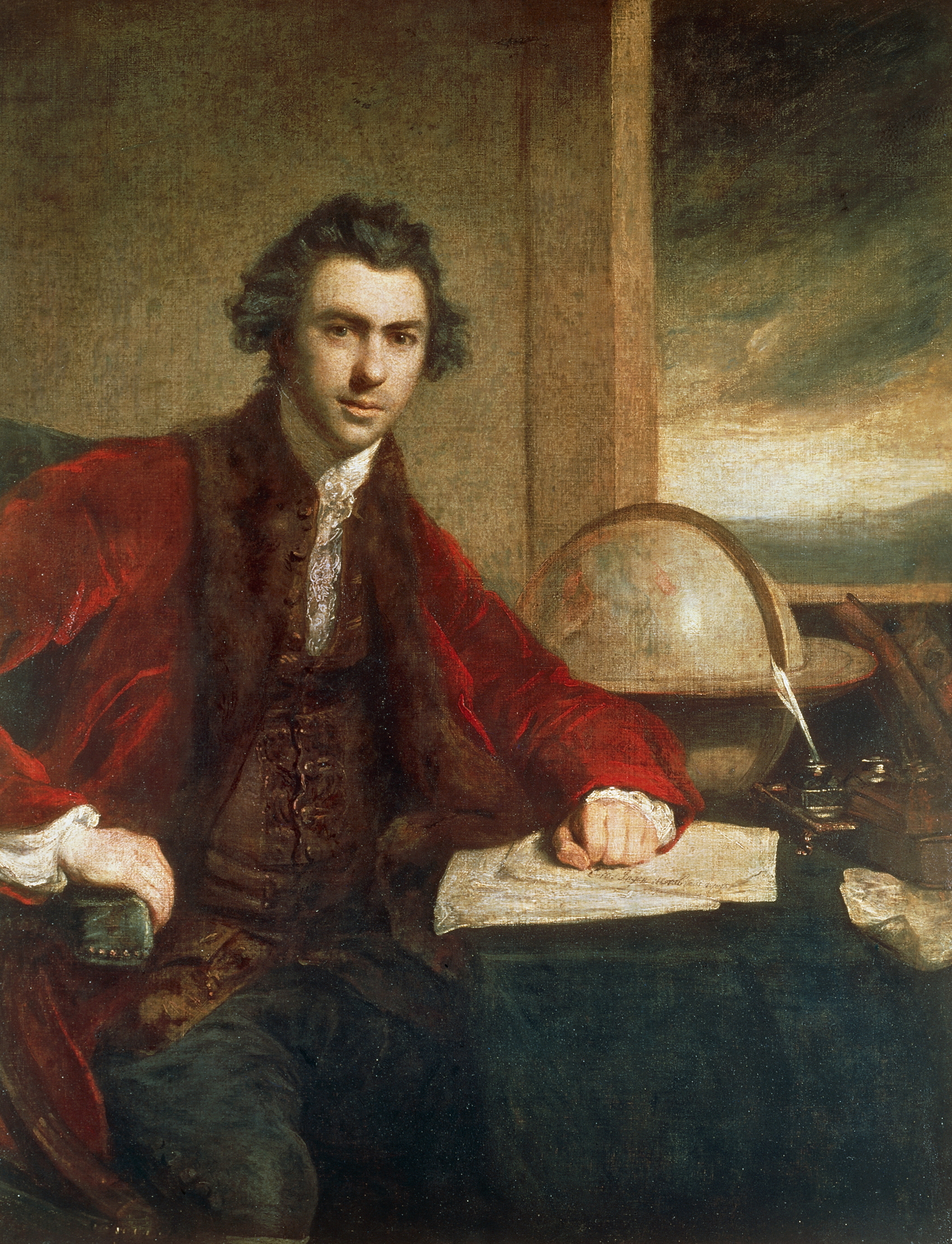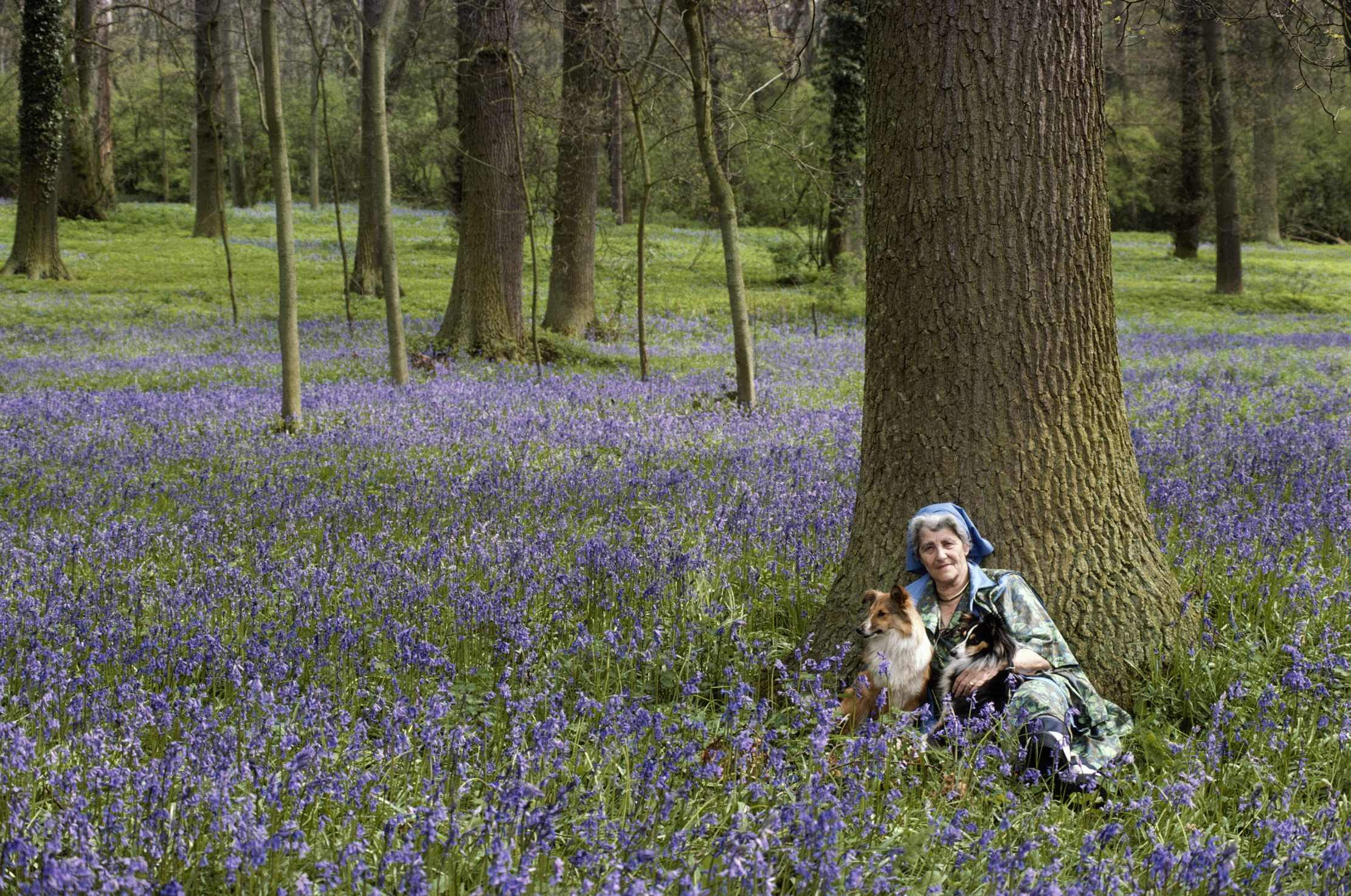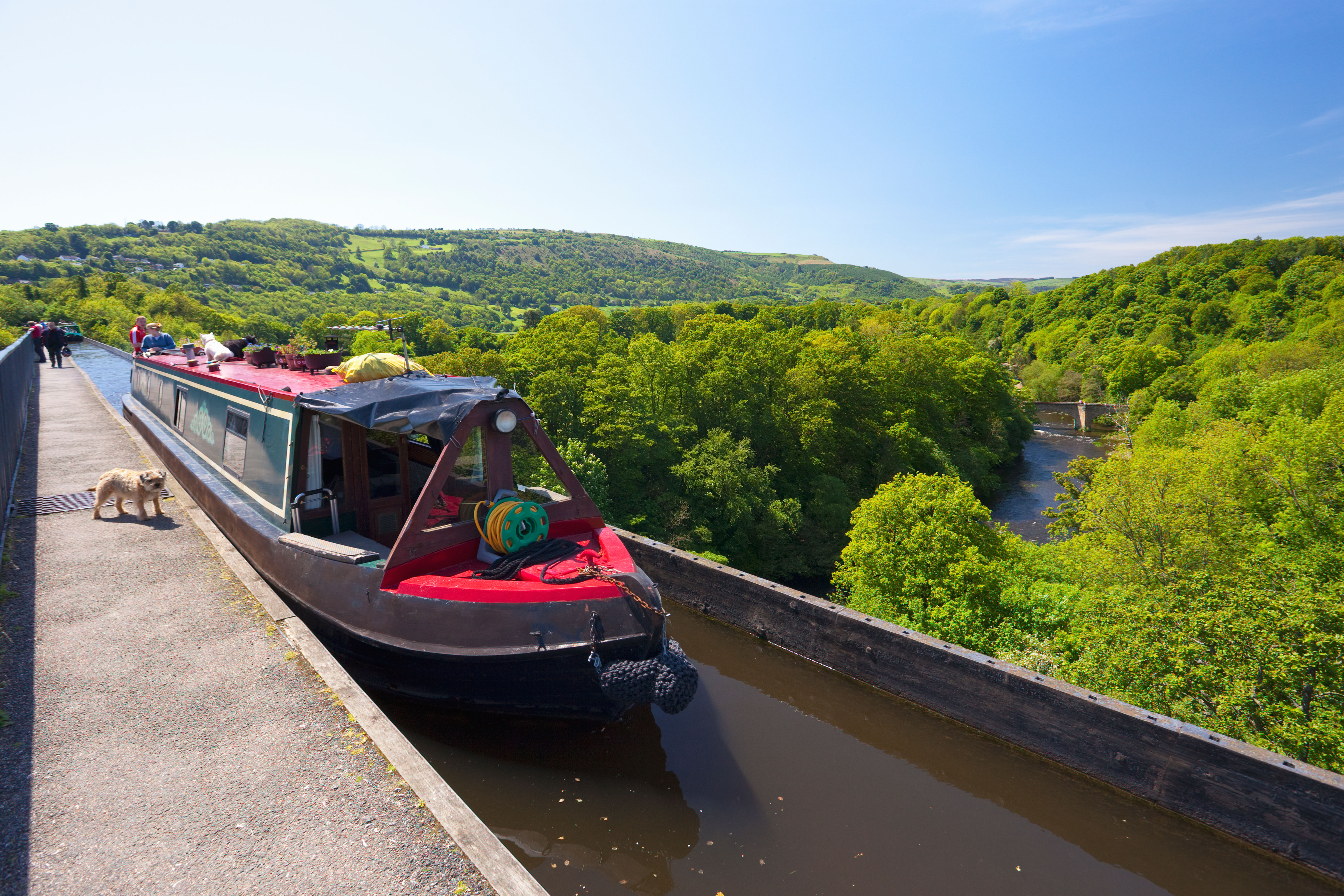The Legacy: Sir Joseph Banks, the naturalist who created Kew
The Lincolnshire landowner who was described by David Attenborough as a 'passionate naturalist' and 'the great panjandrum of British science'.


Sir Joseph Banks didn’t technically found the Royal Botanic Gardens at Kew — it was George III’s mother, Princess Augusta, who started a garden there — but he literally sowed the first seeds of it becoming a world centre for plant genetics that employs 400-plus scientists.
Banks sent seeds to Kew from his travels with Capt Cook to the South Seas, described by Sir David Attenborough in 2018 as ‘an epoch-making voyage’ and the first to be undertaken deliberately for scientific exploration, and he became Kew's unofficial director on his return in 1771. He also returned from Australia with a kangaroo skin with which the artist George Stubbs was able to create the famous painting The Kongouro from New Holland, the first painting of an Australian animal in Western art.
Kew is now a UNESCO World Heritage Site with some 50,000 plants and its Millennium Seed Bank at Wakehurst, West Sussex, contains about 2.4 billion seeds.

Specimens collected by Banks led to about 110 new genera and 1,300 new species; his huge collections, including 4,000 insects, reside in, among other places, the British Museum and the Natural History Museum, both of which reflect 21st-century sensibilities by observing that he was of a pro-slavery opinion.
Banks (1743–1820), a wealthy Lincolnshire landowner, was described by Sir David as ‘a passionate naturalist. He eventually became the great panjandrum of British science. You couldn’t do anything in British science in the 18th century unless you had Banks’s approval’.
As well as his great advancements at Kew, he was also the first British expert on Iceland, and helped organise the notorious voyage of HMS Bounty. He was the agricultural adviser to George III and wrote a paper about merino sheep and how they would benefit the wool industry, and went on to be a founding member of the RHS as well as the longest-standing president of the Royal Society, for 41 years.

Credit: Tony Evans/Timelapse Library/Getty Images
Exquisite houses, the beauty of Nature, and how to get the most from your life, straight to your inbox.
The Legacy: Miriam Rothschild, the pioneer of organic and wildflower gardening
The celebrated entomologist and Bletchley Park codebreaker was also way ahead of the times when it came to gardening.

The Shropshire Union Canal: Thomas Telford's engineering marvel and enduring legacy
Thomas Telford's great legacy is the Shropshire Union Canal, a feat of engineering and a delight to walk beside. Fiona

Credit: Getty
Who was the original Jack Russell who gave his name to one of Britain's favourite dog breeds?
Kate Green takes a look at the the legacy of Revd John Russell, the man who gave his name to

The kiwi fruit is from China — so how did it get its New Zealand-inspired name?
Martin Fone peels the layers back on the strange tale of how the kiwi fruit got its name.

James Fisher is the Digital Commissioning Editor of Country Life. He writes about motoring, travel and things that upset him. He lives in London. He wants to publish good stories, so you should email him.